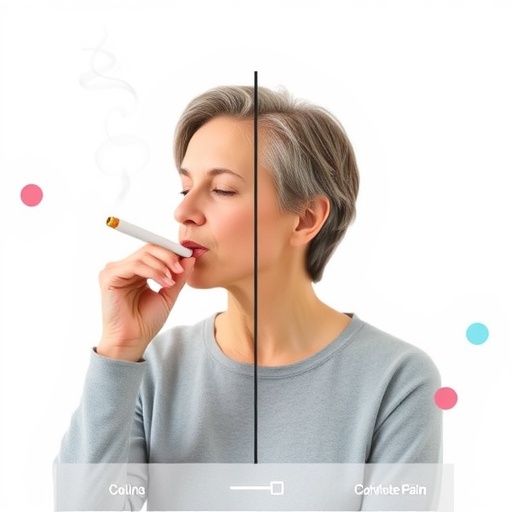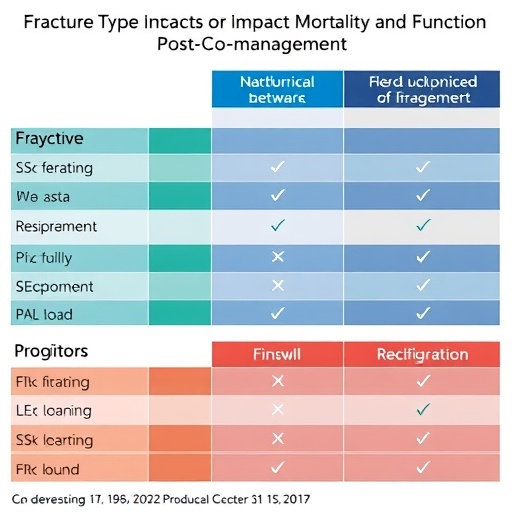UMass Amherst experts focus on potential benefits of wearable sensors

Credit: UMass Amherst
An international task force, including two University of Massachusetts Amherst computer scientists, concludes in new research that mobile health (mHealth) technologies are a viable option to monitor COVID-19 patients at home and predict which ones will need medical intervention.
The technologies – including wearable sensors, electronic patient-reported data and digital contact tracing – also could be used to monitor and predict coronavirus exposure in people presumed to be free of infection, providing information that could help prioritize diagnostic testing.
The 60-member panel, with members from Australia, Germany, Ireland, Italy, Switzerland and across the U.S., was led by Harvard Medical School associate professor Paolo Bonato, director of the Motion Analysis Lab at Spaulding Rehabilitation Hospital in Boston. UMass Amherst task force members Sunghoon Ivan Lee and Tauhidur Rahman, both assistant professors in the College of Information and Computer Sciences, focused their review on mobile health sensors, their area of expertise.
The team’s study, “Can mHealth Technology Help Mitigate the Effects of the COVID 19 Pandemic?” was published Wednesday in the IEEE Open Journal of Engineering in Medicine and Biology.
“To be able to activate a diverse group of experts with such a singular focus speaks to the commitment the entire research and science community has in addressing this pandemic,” Bonato says. “Our goal is to quickly get important findings into the hands of the clinical community so we continue to build effective interventions.”
The task force brought together researchers and experts from a range of fields, including computer science, biomedical engineering, medicine and health sciences. “A large number of researchers and experts around the world dedicated months of efforts to carefully reviewing technologies in eight different areas,” Lee says.
“I hope that the paper will enable current and future researchers to understand the complex problems and the limitations and potential solutions of these state-of-the-art mobile health systems,” Rahman adds.
The task force review found that smartphone applications enabling self-reports and wearable sensors enabling physiological data collection could be used to monitor clinical workers and detect early signs of an outbreak in hospital or healthcare settings.
Similarly, in the community, early detection of COVID-19 cases could be achieved by building on research that showed it is possible to predict influenza-like illness rates, as well as COVID-19 epidemic trends, by using wearable sensors to capture heart rate and sleep duration, among other data.
Lee and Rahman, inventors of mobile health sensors themselves, reviewed 27 commercially available remote monitoring technologies that could be immediately used in clinical practices to help patients and frontline healthcare workers monitor symptoms of COVID-19.
“We carefully investigated whether the technologies could ‘monitor’ a number of obvious indicators and symptoms of COVID-19 and whether any clearance or certification from health authorities was needed,” Lee says. “We considered ease of use and integration flexibility with existing hospital electronic systems. Then we identified 12 examples of technologies that could potentially be used to monitor patients and healthcare workers.”
Bonato says additional research will help expand the understanding of how best to use and develop the technologies. “The better data and tracking we can collect using mHealth technologies can help public health experts understand the scope and spread of this virus and, most importantly, hopefully help more people get the care they need earlier,” he says.
The paper concludes, “When combined with diagnostic and immune status testing, mHealth technology could be a valuable tool to help mitigate, if not prevent, the next surge of COVID-19 cases.”
###
Media Contact
Patty Shillington
[email protected]
Original Source
https:/
Related Journal Article
http://dx.





